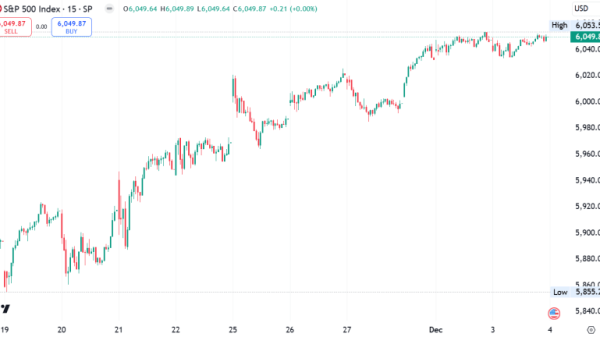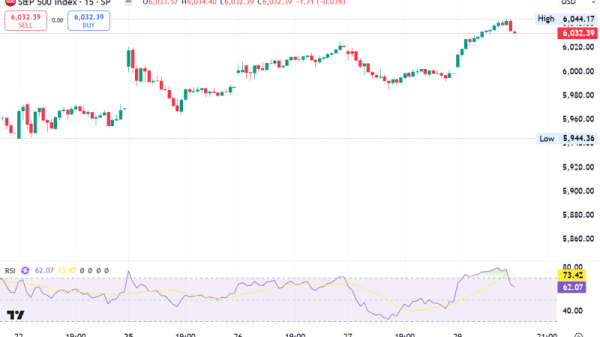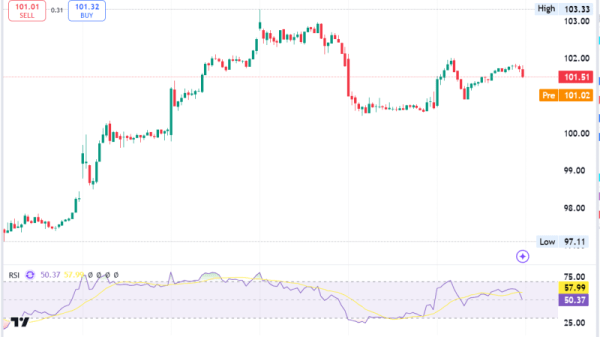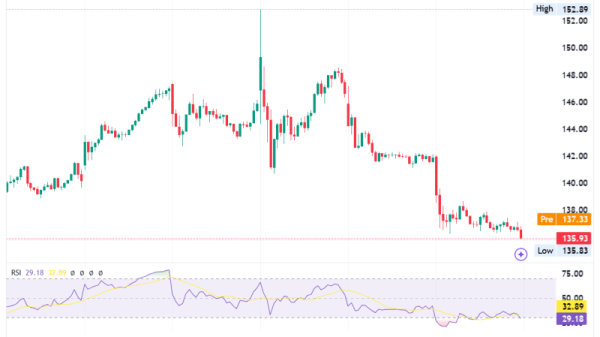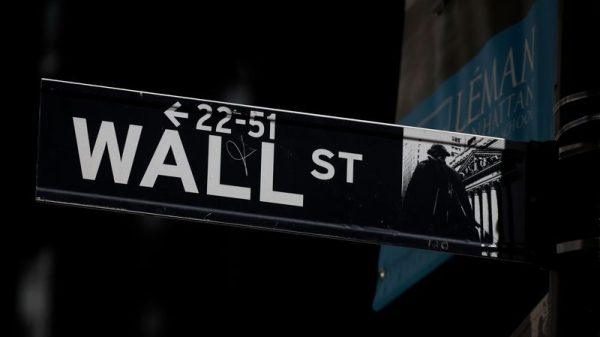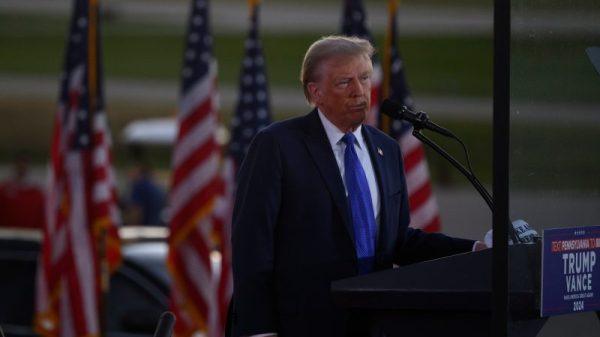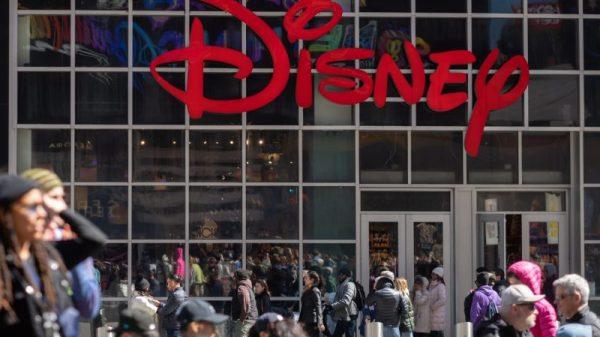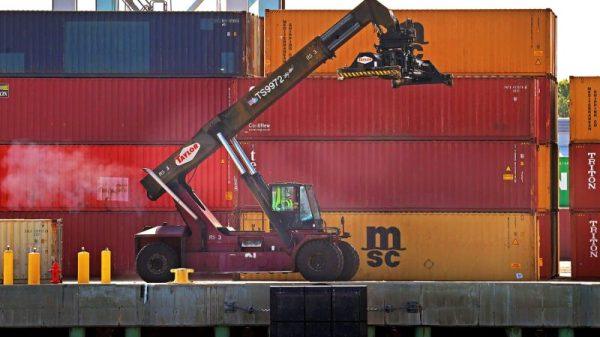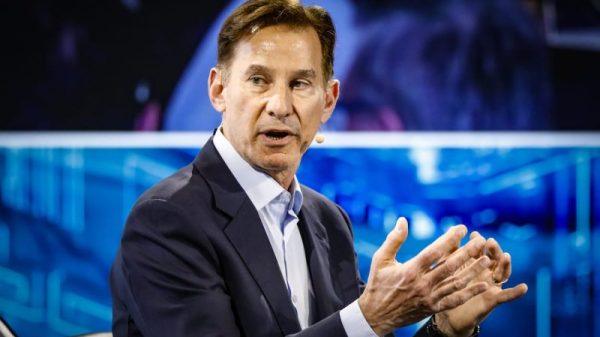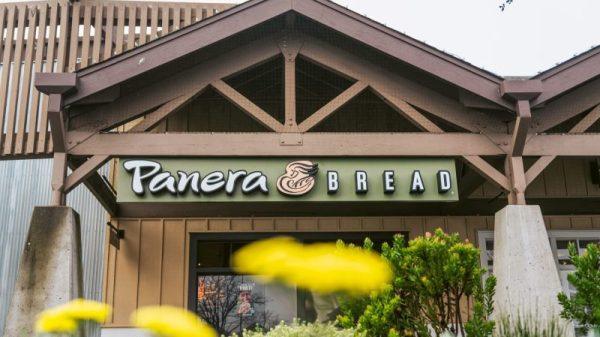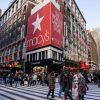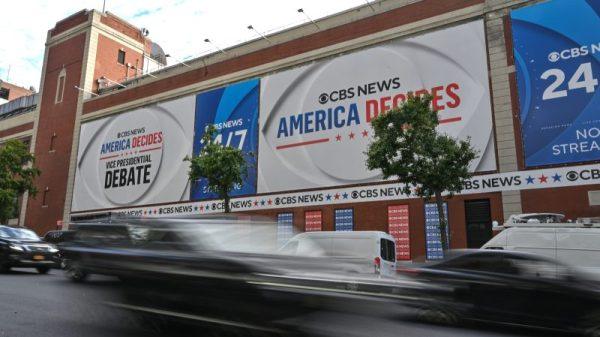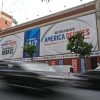By Gertrude Chavez-Dreyfuss
NEW YORK (Reuters) – Investors in the futures options market are betting the benchmark U.S. 10-year Treasury yield is headed higher to 5% in the near term, reflecting worries that the incoming Trump administration’s policies will increase an already bloated fiscal deficit and revive inflation.
Traders are watching that key 5% level in the 10-year note, which, if hit, could be bad news for U.S. stocks, much like it was in October 2023 when the 10-year yield climbed to 5.02%. That coincided with the benchmark S&P 500 index dropping to a five-month low.
Higher interest rates in general also mean increased borrowing costs for consumers and businesses.
In swaptions, or options on interest rate swaps, the market is also pointing to higher 10-year rates, although not as straightforward as those on Treasury futures.
As President-elect Donald Trump nears his Jan. 20 inauguration, market participants have become increasingly anxious about his pledge to impose widespread tariffs on imports, a move widely viewed as inflationary, as they wager that Treasuries will sell off, pushing yields higher.
“It’s all about the unknowns and the policy fog,” said Chip Hughey, managing director of fixed income at Truist Advisory Services in Richmond, Virginia. “That uncertainty revolves around the scope of tariffs and what that may mean ultimately for inflation.”
Tax cuts are also one of Trump’s campaign promises, which should benefit consumers and businesses overall. But if tax cuts are not financed by spending reductions, they will likely expand the federal deficit. That means more Treasury debt issuance flooding the market to manage the spending gap, pushing interest rates higher.
Analysts said open interest, the amount of outstanding positions held by traders, is building in the March contract for 10-year Treasury futures put options, with strikes in the 105 to 106 price levels, according to traders, citing their data on Thursday. Those strikes target the 10-year yield hitting between 4.75% and 5.00%.
Treasury put options are typically used to position for a decline in bond prices that leads to higher implied yields.
The U.S. 10-year yield was little changed on Thursday at 4.689%, after hitting a roughly eight-month peak of 4.73% on Wednesday.
BEARISH SENTIMENT
More puts have been bought than call options that would gain value when futures prices fall and implied yields rise. That is especially the case in the March contract where the put-to-call ratio of 1.23 suggests bearish sentiment on 10-year Treasury note futures.
Put premiums, or the price of the options contract, are also more expensive than those on calls, with a ratio of 1.69 in favor of puts.
“A 10-year yield of 5% is not our forecast, but I don’t think it’s outside the realm of possibility that we can get there,” said Jan Nevruzi, U.S. rates strategist at TD Securities in New York, citing Trump’s policies and the Federal Reserve indicating it could pause its rate-cutting cycle.
“With the shift higher in rates, we have seen trading around options that are close to the 5% yield. It certainly is a psychological barrier that people will look to trade around.”
In the swaptions market, the implied volatility of one-month options on 10-year swap rates had increased to 24.06 basis points (bps) on Thursday, from 20.89 bps on Dec. 12, signaling expectations of increased activity on this maturity in the short term. Rate swaps, which typically track Treasuries, measure the cost of exchanging fixed-rate cash flows for floating-rate ones, or vice versa. They are used by investors to hedge interest rate risk.
Volatility is a key input in the price of an option. The higher the volatility, the greater the uncertainty over a given period.
As volatility climbs, there are bets on a move higher in 10-year swap rates in a month by paying for so-called “high payer strikes” of about 25 bps more on 10-year options, analysts said. It’s a gamble that 10-year swap rates will be 25 bps higher in a month, and is likely because 10-year Treasury yields will probably increase as well. Current 10-year swap rates are 4.18%.
The cost of that 25-basis-point strike climbed to 23.13 bps on Thursday, from 20.8 bps on Dec. 12, when it fell to a roughly five-month low.
“The implied volatility on swaptions is skewed toward higher rates,” said Amrut Nashikkar, managing director of fixed income strategy at Barclays (LON:BARC) in New York. “What that tells you is that there is demand for positioning against higher rates and there is a risk premium people are willing to pay to buy protection against a move higher.”

